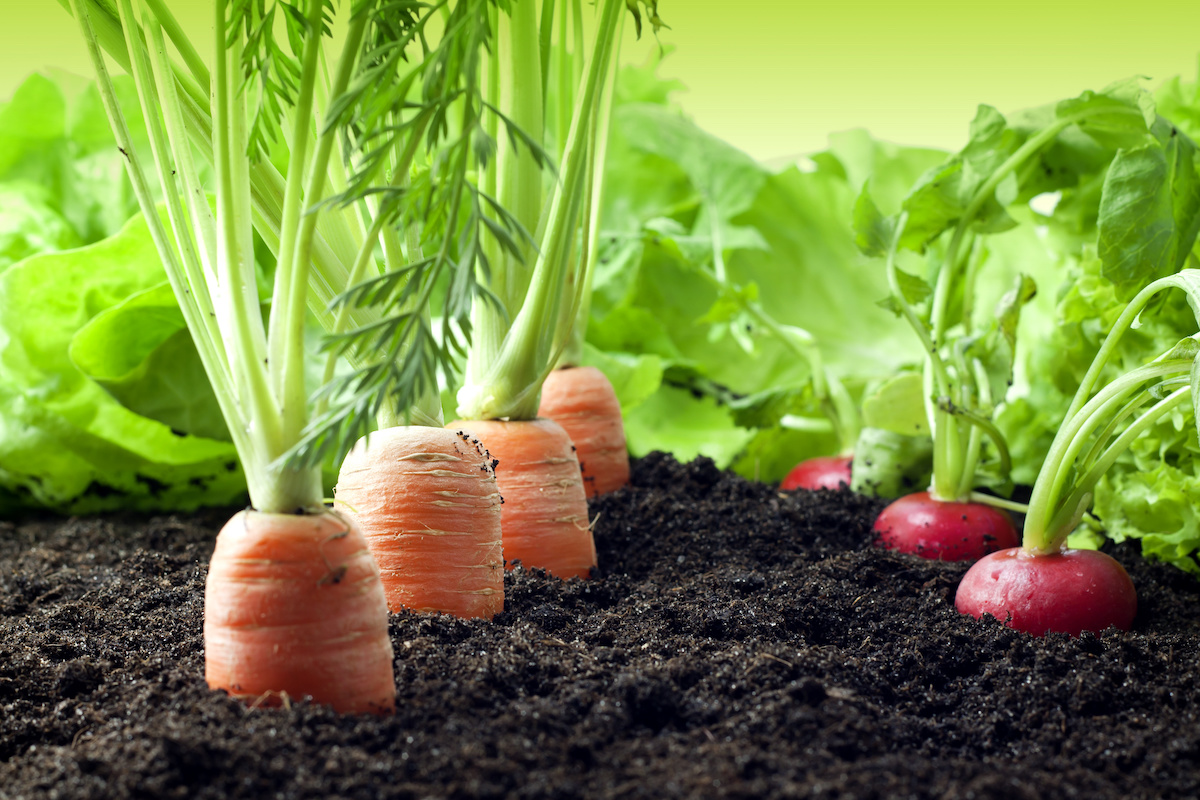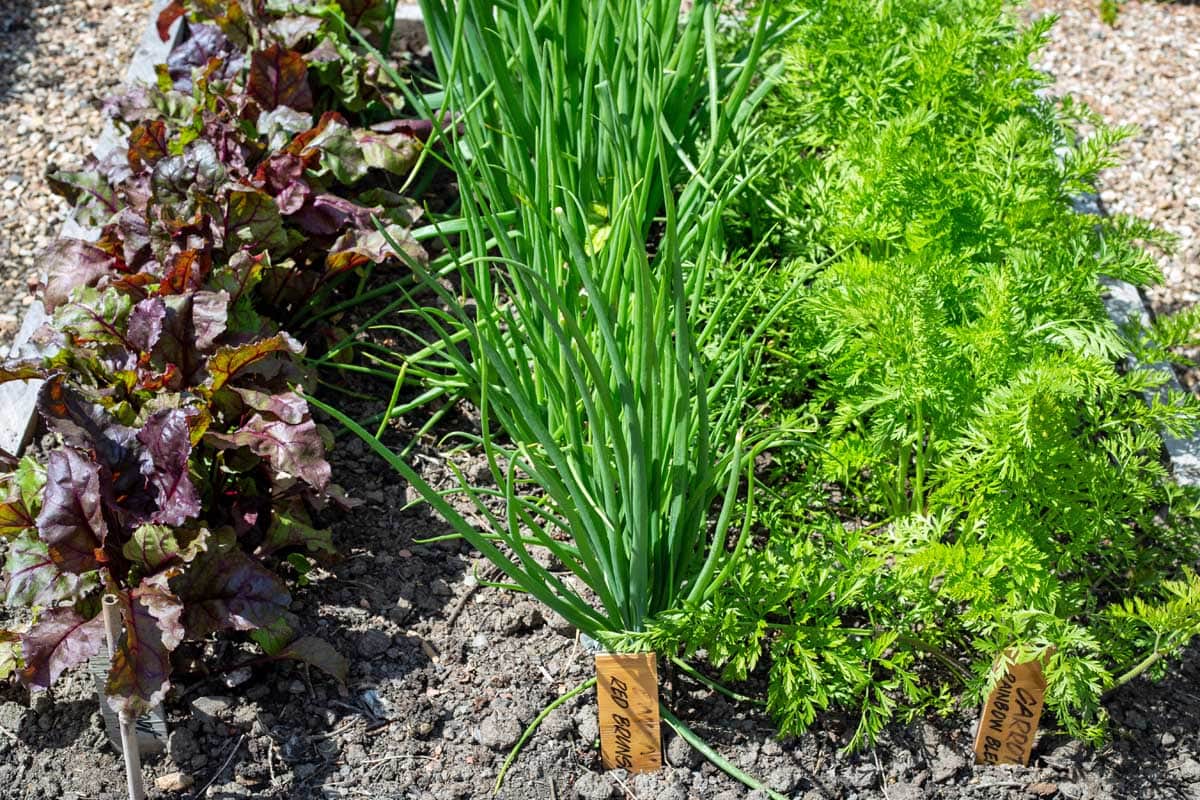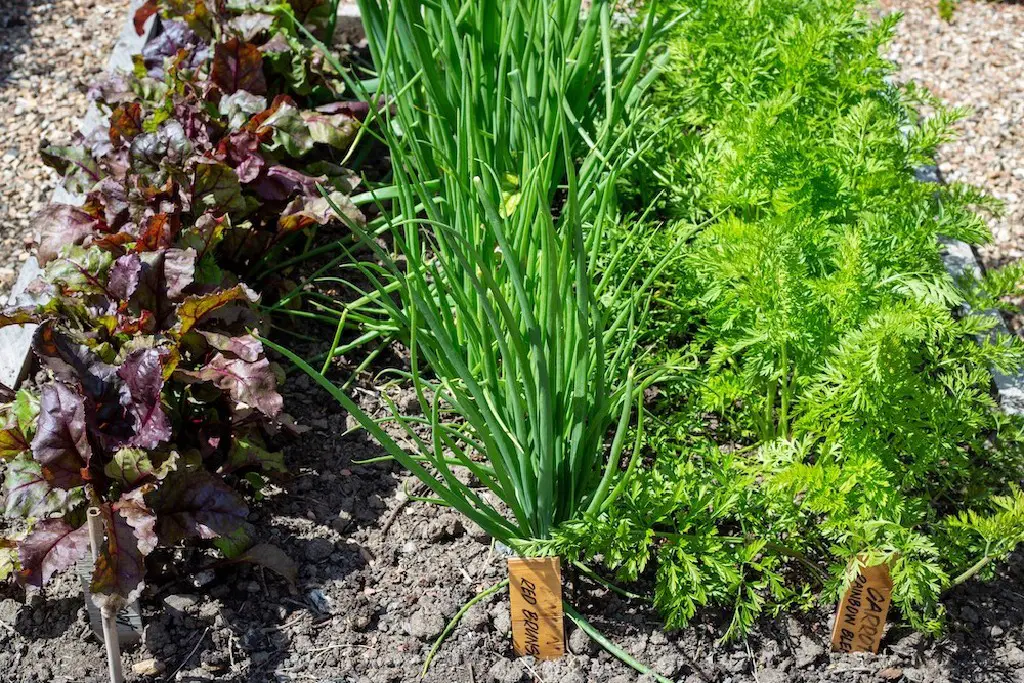Grow Carrots And Beets Together For A Bountiful Harvest
Grow Carrots and Beets Together for a Bountiful Harvest
Carrots and beets are two of the most popular root vegetables grown in home gardens. They are both relatively easy to grow, and they can be planted together in the same bed. In fact, there are several benefits to growing carrots and beets together.
Benefits of Growing Carrots and Beets Together
- Companion planting: Carrots and beets are companion plants, which means that they benefit each other when they are grown together. Carrots help to deter pests from beets, and beets help to deter pests from carrots.
- Improved soil quality: Carrots and beets have different root systems, which helps to improve the overall soil quality in your garden. Carrots have a taproot that helps to break up compacted soil, while beets have a fibrous root system that helps to add organic matter to the soil.
- Increased yields: When carrots and beets are planted together, they can help to increase each other's yields. This is because they both have similar growing requirements, such as full sun and well-drained soil.
How to Grow Carrots and Beets Together
- Choose the right location: Carrots and beets should be planted in a sunny spot with well-drained soil. The soil should be loose and crumbly, so that the roots can easily grow.
- Prepare the soil: Before planting, amend the soil with compost or other organic matter. This will help to improve the drainage and fertility of the soil.
- Plant the seeds: Carrots and beets can be planted directly in the ground. Sow the seeds 1/2 to 1 inch deep and 1 to 2 inches apart.
- Water regularly: Carrots and beets need regular watering, especially during the hot summer months. Water deeply so that the water reaches the roots.
- Fertilize occasionally: Carrots and beets do not need a lot of fertilizer. A light application of compost or manure in the spring will help to keep them healthy.
- Harvest when they are ready: Carrots and beets are ready to harvest when they are about 2 inches in diameter. Carrots should be harvested before the tops start to turn green, as this indicates that the roots are getting tough. Beets can be harvested at any stage of maturity, but they are usually sweeter when they are smaller.
Tips for Growing Carrots and Beets Together
- Space the plants properly: Carrots and beets need plenty of space to grow, so be sure to space them at least 1 to 2 inches apart.
- Thin the seedlings: Once the seedlings have emerged, thin them to 2 to 3 inches apart. This will help to ensure that the plants have enough room to grow.
- Mulch around the plants: Mulching around the plants will help to keep the soil moist and suppress weeds.
- Watch for pests and diseases: Carrots and beets are susceptible to a few pests and diseases, such as carrot rust fly and beet leafhoppers. Be sure to inspect the plants regularly for signs of pests or diseases.
Conclusion
Growing carrots and beets together is a great way to get a bountiful harvest from your garden. These two vegetables are easy to grow, and they benefit each other when they are planted together. With a little care and attention, you can enjoy fresh carrots and beets from your own garden all season long.
Carrots and beets are two delicious and nutritious root vegetables that are easy to grow in the garden. But did you know that there are certain plants that can help them grow even better? Companion planting is the practice of planting certain plants together to benefit each other. For example, some companion plants for carrots and beets include:
- Onions: Onions help to repel pests such as carrot flies and aphids.
- Lettuce: Lettuce helps to suppress weeds and improve the soil quality.
- Marigolds: Marigolds help to repel nematodes and other soil-borne pests.
- Nasturtiums: Nasturtiums help to attract beneficial insects such as ladybugs and lacewings.
For more information about companion planting for carrots and beets, I recommend visiting the Gardenia Inspiration. This website has a comprehensive list of companion plants, as well as helpful tips on how to plant and care for your vegetables.
FAQ of companion plants for carrots and beets
Question 1: What are some good companion plants for carrots and beets?
Answer: Some of the best companion plants for carrots and beets include:
- Onions: Onions help to repel carrot rust fly, which is a common pest of carrots.
- Chives: Chives improve the growth and flavor of carrots, and they also help to repel aphids, mites, and flies.
- Leeks: Leeks are thought to repel many flying pests, including carrot rust fly.
- Radishes: Radishes are harvested before carrots, so they don't compete for space or nutrients. They also help to loosen the soil, which can benefit carrots.
- Cabbage family members: Beets and carrots can be planted near members of the cabbage family, such as broccoli, cauliflower, and kale. These plants help to enrich the soil and improve the quality and growth of beets and carrots.
Question 2: What are some plants that should not be planted near carrots and beets?
Answer: Some plants that should not be planted near carrots and beets include:
- Dill: Dill can reduce the yield of carrots.
- Coriander: Coriander and other members of the carrot family can cross-pollinate with carrots, which can affect the flavor of the carrots.
- Fennel: Fennel can stunt the growth of carrots.
- Celery: Celery can compete with carrots for water and nutrients.
- Potatoes: Potatoes can attract the same pests as carrots, so it's best to avoid planting them together.
Question 3: How far apart should carrots and beets be planted?
Answer: Carrots and beets should be planted about 2 inches apart. This will give them enough space to grow without competing for water and nutrients.
Question 4: How long does it take for carrots and beets to grow?
Answer: Carrots and beets take about 2-3 months to mature. However, the exact growing time will depend on the variety of carrot or beet you are planting, as well as the climate in your area.
Question 5: What are some other benefits of companion planting?
Answer: In addition to helping to repel pests, companion planting can also help to attract beneficial insects, improve the quality of the soil, and increase the yield of your crops.
Image of companion plants for carrots and beets
5 different images of companion plants for carrots and beets from Pinterest:
Carrots and radishes
 Carrots and radishes are both root vegetables that grow well together. They have different root depths, so they don't compete for nutrients. Radishes also help to deter pests from carrots.
Carrots and radishes are both root vegetables that grow well together. They have different root depths, so they don't compete for nutrients. Radishes also help to deter pests from carrots.Carrots and beans
 Carrots and beans are another good combination. Beans fix nitrogen in the soil, which benefits carrots. Carrots help to suppress weeds, which can compete with beans for water and nutrients.
Carrots and beans are another good combination. Beans fix nitrogen in the soil, which benefits carrots. Carrots help to suppress weeds, which can compete with beans for water and nutrients.Carrots and lettuce
 Carrots and lettuce are also compatible plants. Lettuce doesn't shade out carrots, and it helps to repel pests.
Carrots and lettuce are also compatible plants. Lettuce doesn't shade out carrots, and it helps to repel pests.Carrots and onions
 Carrots and onions are a classic companion planting combination. Onions help to repel carrot fly, a common pest of carrots.
Carrots and onions are a classic companion planting combination. Onions help to repel carrot fly, a common pest of carrots.Carrots and chives
 Carrots and chives are another good option. Chives help to repel carrot fly, and they also add flavor to carrots when they are cooked.
Carrots and chives are another good option. Chives help to repel carrot fly, and they also add flavor to carrots when they are cooked.
Post a Comment for "Grow Carrots And Beets Together For A Bountiful Harvest"